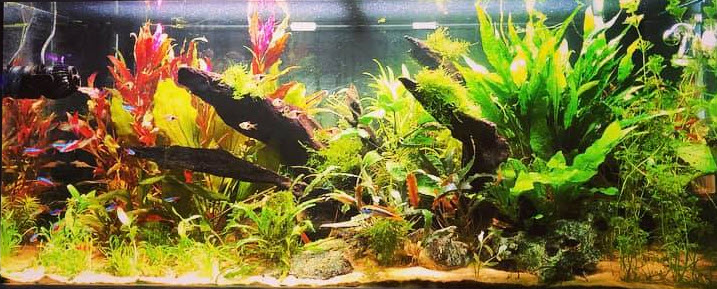
It is generally (but not universally!) accepted that fish will do better in an aquarium if some of the water is drained upon occasion and replaced with new clean water. This is called a “water change”. People drain and refill anywhere from 75% of the aquarium twice a week to 10% of the aquarium every month. Some never change the water and do just fine. Some only change water when the nitrates hit 40 or 80 ppm. Mother Nature is much more forgiving than the well meaning but ill-informed individuals on social media would have us believe.
A reasonable water change schedule for most hobbyists is:
.
Water changes should be sufficient to keep nitrates below 80. Generally that is 50% every one to three months.
.
Now this is a generalized guideline based on typical stocking and feeding. We recommend only a greater than 50% water change every two weeks if very heavily stocked; every six weeks if moderately stocked, and every five months if lightly stocked. Alternatively simply do a 50% water change whenever the nitrates are 80 ppm or higher. And even these recommendations can be violated pretty much with impunity. Water changes are just not anywhere near as important as social media would have one believe.
It is important to understand I am NOT saying frequent water changes are bad for fish. They are probably slightly GOOD for fish. But they are not a panacea that cures all ills. And frequent water changes are NOT necessary for a healthy aquarium. There is a fish store in San Francisco with about fifty beautiful HEAVILY PLANTED aquariums which hasn’t done a water change in over ten years.
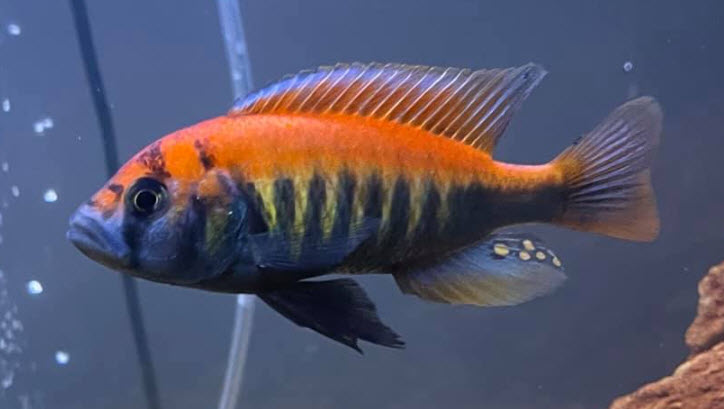
There is some myths about water changes. Several of those myths have to do with three different problems which kill fish; “chlorine pulses”, low oxygen levels or high carbon dioxide levels. When someone loses a lot of fish after a water change, it is human nature to find something “at fault”. Since by the time the fish die the chlorine, oxygen or carbon dioxide levels have returned to safe levels in the aquarium, people look for something else. So it becomes “nitrate shock”, “pH shock”, “KH shock”, “temperature shock” etc. etc. ad infinitum. These are all myths.
There are a few very common myths about water changes:
- Large scale water changes (40% to 95%) kill fish.
- Changing water with water even a few degrees difference from the aquarium water will “shock” the fish and may kill them.
- Changing water with water of a different Nitrate, pH, GH or KH level will “shock” fish and may kill them.
- Water changes are needed to replenish minerals in the water.
- Water changes are needed to remove hormones in the water.
- Water changes treat diseases.
.
These are myths and are simply not true
.

The Profit Motive
There are a host of YouTube videos and websites which say one should do a 50% water change once a week in order to have healthy fish. Everyone, and I mean EVERYONE, on social media parrots these recommendations, including your local fish store. Some simple calculations say that the yearly market for aquarium water conditioners in the USA is about $150 million if hobbyists do 50% water changes once a week.
If typical hobbyists only change the water when the nitrate level goes to 80 ppm, or typically only once every six weeks, then the yearly market for conditioners is only $25 million. So that basically is 125 million reasons for the 50% once a week recommendations. Isn’t the profit motive great?
There are a large number of charts on social media which are simply laughable. One is this:

This simply is a horribly misleading chart which grossly overstates the toxicity of water parameters, especially about the toxicity as it relates to pH. If everyone followed this chart the hobby wouldn’t last a year because everyone would be doing such frequent water changes they would give up the hobby. But conditioner suppliers like Seachem would make a whole lot of money. Knowing this a very skeptical person might well question the origins of the graph above. hhhmmm…..
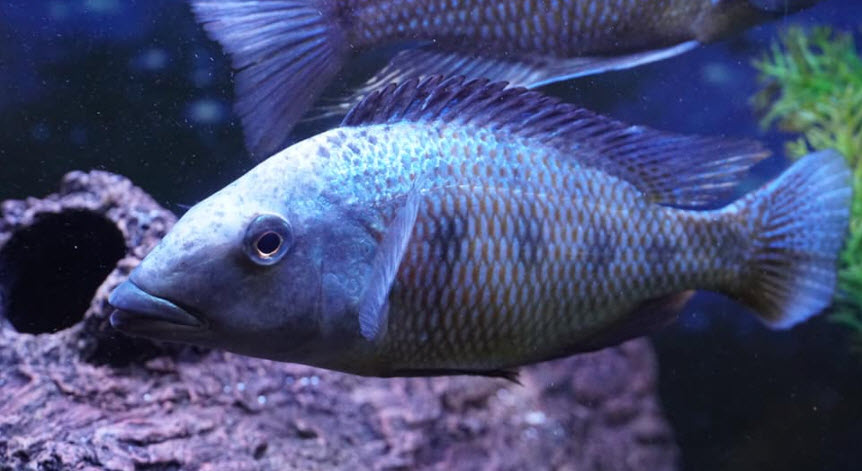
In actuality the toxicity of ammonia and nitrite is very dependent on pH so one has to measure the pH with a test kit to determine if a water change is recommended. Then the proper recommendation is below.

This is a magnitude of difference from the Master Test Kit chart so prevalent on social media. The levels on this chart are the safety levels per many research papers on the topic from the likes of the Ornamental Fish Research Center at the University of Florida. These number are solid, VERY solid.
To use this chart one must first measure the pH of the aquarium (Note the API “Low pH” test is only good from 6.0 to 7.2 and the “high pH” test is only good for 7.2 to 8.6). Find that pH in the left most column. Then simply read across as to the various levels that the API test will give for ammonia and nitrite. For instance, if the pH of your aquarium is 7.8 and the API test kit says you have 4 parts per million ammonia, you need to do a 50% water change.
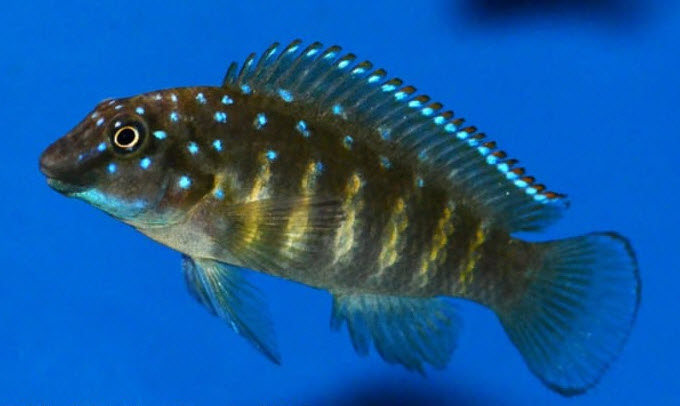
For those doubters who want back up to these numbers, the research papers on ammonia can be found at this link:
5.2.1. Toxicity of Ammonia in Depth
The back up research papers on nitrite can be found at this link:
5.3.2. Toxicity of Nitrite in Depth
The back up research papers on nitrate can be found at this link:
5.4.1. Nitrate in Depth
The author has been in the hobby fifty years. The first fifteen years the going philosophy was that “old” water was “good” water. We never, and we mean NEVER, did a water change. And our fish were healthy and appeared to be long lived, at least many of them reached sizes we hadn’t been expecting.
For another fifteen years or so the mantra was 25% water changes every month. If you do the math, this 25% water change has little impact. And still the fish prospered. Mother Nature is simple very flexible and very forgiving. There are many ways to be successful with an aquarium.
There is a famous fish store in San Francisco which has NEVER done a water change on any of its what appears to be about fifty aquariums. Their tanks are filled with a lot of very sensitive fish like Rams and Apistos. They are all doing fine, even breeding. Some of their aquariums have gone twenty years with no water change. Aquarium Co-op has a YouTube video on the store. They raise and sell plants and fish and the masses of vegetation and fish sold remove all the nitrogen and phosphorus.
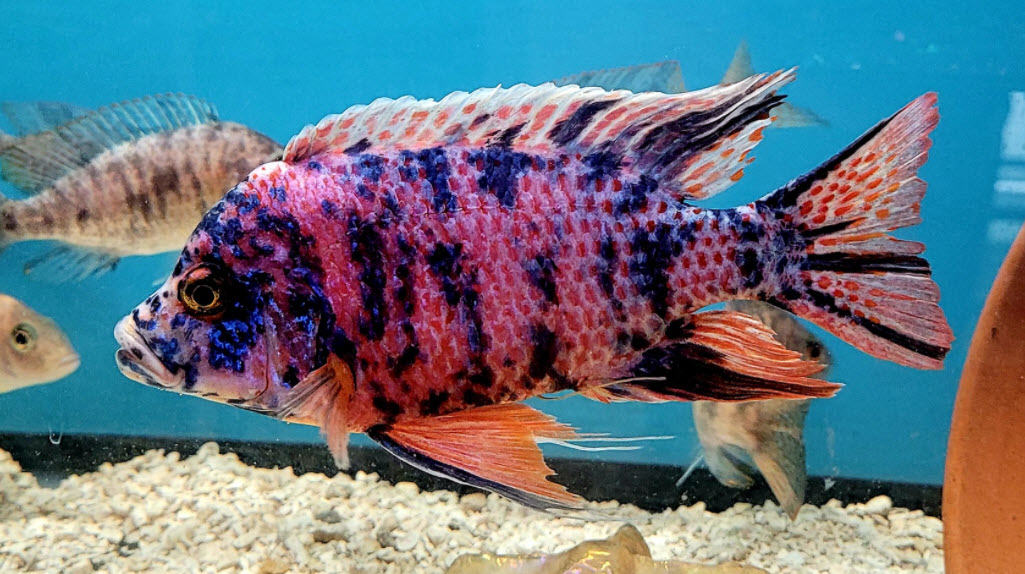
Speed of Water Changes
Water changes can be very time consuming. Most home aquarists drain the water by a siphon hose into buckets. Then they refill the tank with buckets. This is very time consuming and hobbyists are always looking at ways to improve the process.
There are several devices like the python which hook up to a sink and both drain the water from the aquarium and refill the aquarium with water. These devices have several obvious problems. First off one needs to get a good seal on the faucet for these devices to work. Most faucets do not allow this. So on social media one constantly sees the question “How the *&XX*** Hell**%$%^&*#” do I attach this Python to my faucet“. And 90% of the time the answer will be “You can’t“.
The other problem with pythons is that the draining operation is very wasteful of water. For every gallon one drains one is probably putting five gallons down the drain. If one has a small aquarium this is not a problem. But a large aquarium or multiple aquariums can get up there in water costs.
HalfMan/HalfCichlid recommends adding a pump in the aquarium with a hose to a sink to rapidly drain the water. This is an excellent idea and easy to implement. I heartily recommend it to anyone with lots of aquariums or a very large aquarium.

Water Changes in More Depth
To read more about water changes click on the following links:
18.1.1. Water Changes in Depth
18.1.2. Water Change Math
18.1.3. Water for Water Change
18.1.4. Softened, RO, DI, TDS
18.2. Continuous Drip Water Change Systems
.
Return to Maintenance Menu
.
Aquarium Science Website
The chapters shown below or on the right side in maroon lead to close to 400 articles on all aspects of keeping a freshwater aquarium. These articles have NO links to profit making sites and are thus unbiased in their recommendations, unlike all the for-profit sites you will find with Google. Bookmark and browse!
.

Dave says
J … Good question. The old mantra where fish died after a water change has to do with chlorine and old tank syndrome, i.e. toxins which were the result of a water change. If I can find the other page I will clarify that.
J says
Why does this page contradict the page where you mention the old mantra and go on to say that it was a bad thing because your fish were in tons of toxins, and people know better now?
Dave says
Tathagata …. The only reason to do water changes is to keep nitrates in a reasonable range (roughly 80 ppm). That is the ONLY reason.
Tathagata says
Hi Dave,
“We recommend only a greater than 50% water change every two weeks ……..” —
is this only to keep the Nitrate level in control if you have heavy filtration and the bacterial colonies are well formed ?
Or, is it to be on the safe side about pathogens ?